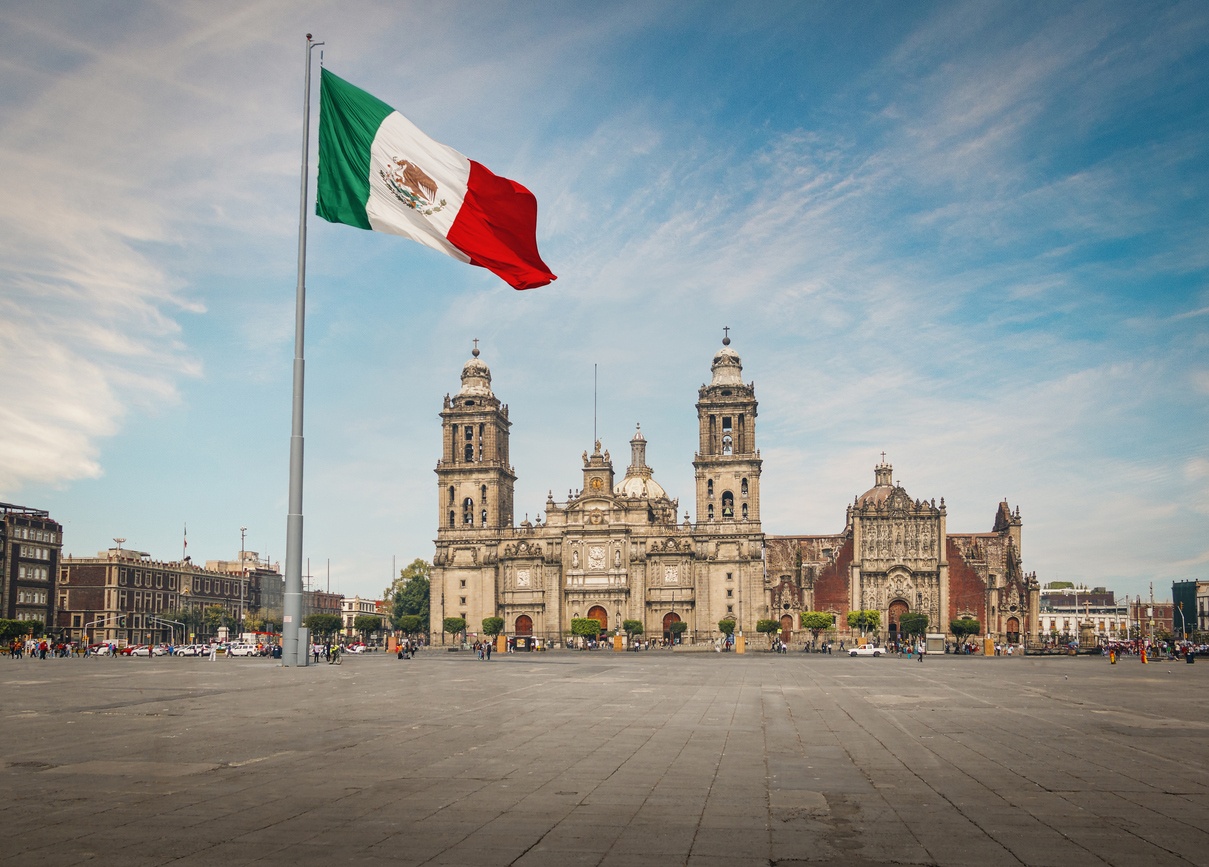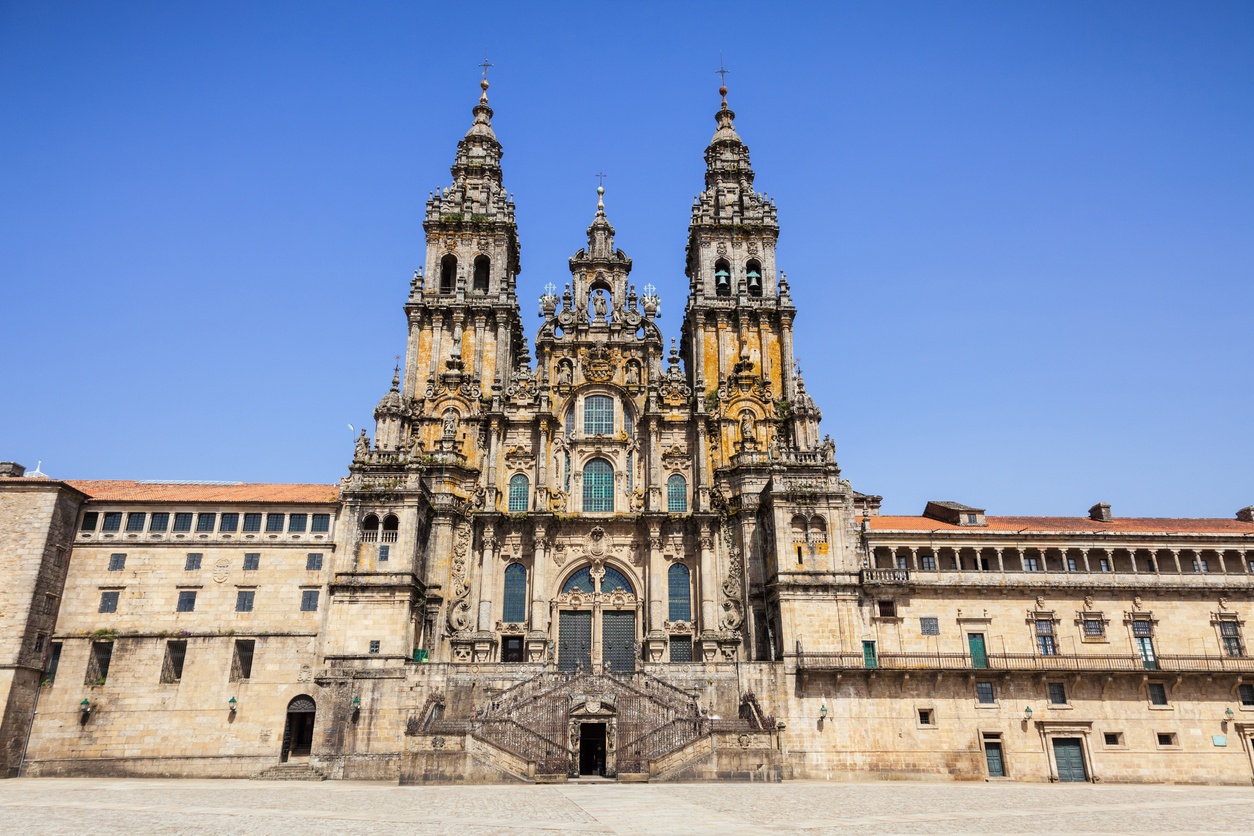
Cathedral of Santiago de Compostela (Galicia, Spain)
The Cathedral of Santiago de Compostela is one of the main pilgrimage destinations in the Christian world. Built in the 11th century, it is located in the heart of the city of Santiago de Compostela, in Galicia. Its main facade is composed of three doorways, each with a different theme: the Puerta de las Platerías, the Puerta del Sarmental and the Puerta de la Gloria. The interior of the cathedral houses numerous works of art, including the famous botafumeiro, a huge silver censer that swings through the transept of the cathedral during some solemn masses. The Cathedral of Santiago de Compostela is a sacred and emblematic place for pilgrims on the Camino de Santiago, and a must-see for any lover of history and art. Access is free through the Puerta de Platerías, which is open daily from 7:00 am to 9:00 pm.
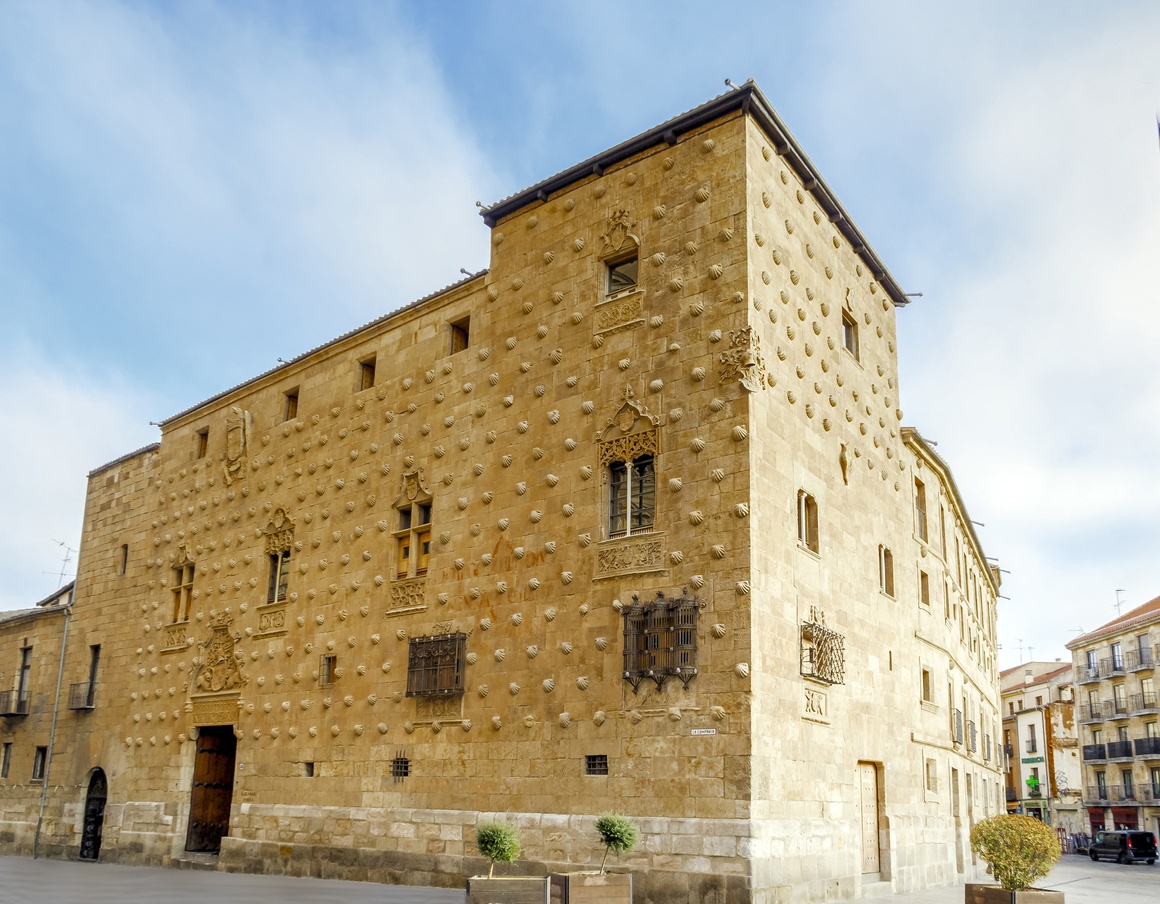
Casa de las Conchas (Salamanca, Castilla y León)
The Casa de las Conchas is one of the most emblematic buildings in Salamanca. It was built in the 15th century by Rodrigo Arias de Maldonado, and its facade is decorated with more than 300 scallop shells. It currently houses the Public Library of Salamanca and has an impressive collection of more than 400,000 books. Admission is free for all visitors from Monday to Friday (from 9:00 to 21:00) and on Saturdays, Sundays and holidays (from 10:00 to 14:00 and from 16:00 to 19:00).
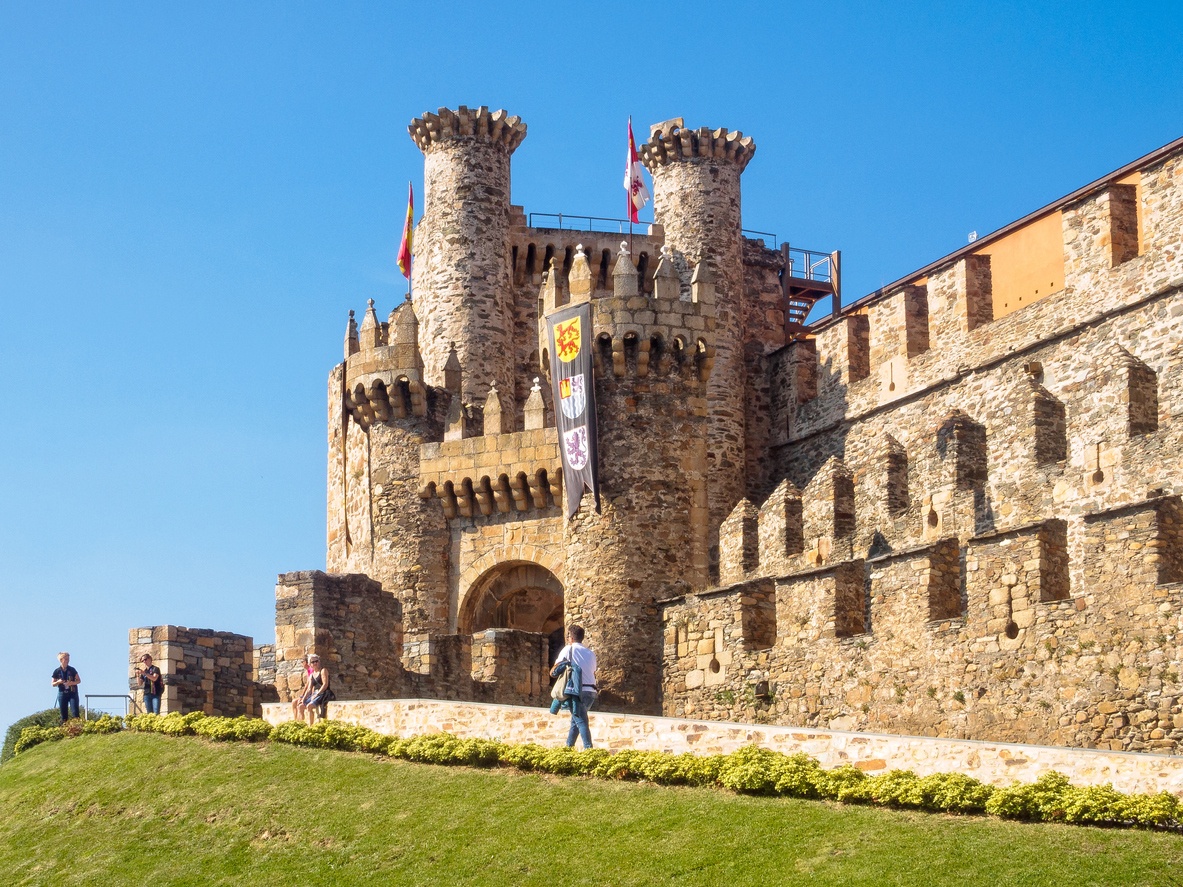
Ponferrada Castle (León, Castilla y León)
The castle of Ponferrada is an impressive fortress located at the confluence of the rivers Boeza and Sil, in the province of León. Its origin dates back to an ancient Celtic castro, which was later occupied by Romans and Visigoths. In the 12th century, King Ferdinand II of León ceded the town to the Order of the Temple, who built the first walled enclosure. The castle was enlarged and reformed in later times by different feudal lords and kings. Today, the castle is an Asset of Cultural Interest and houses the Radio Museum and the Templar Library. Admission to the castle is free every Wednesday of the year.
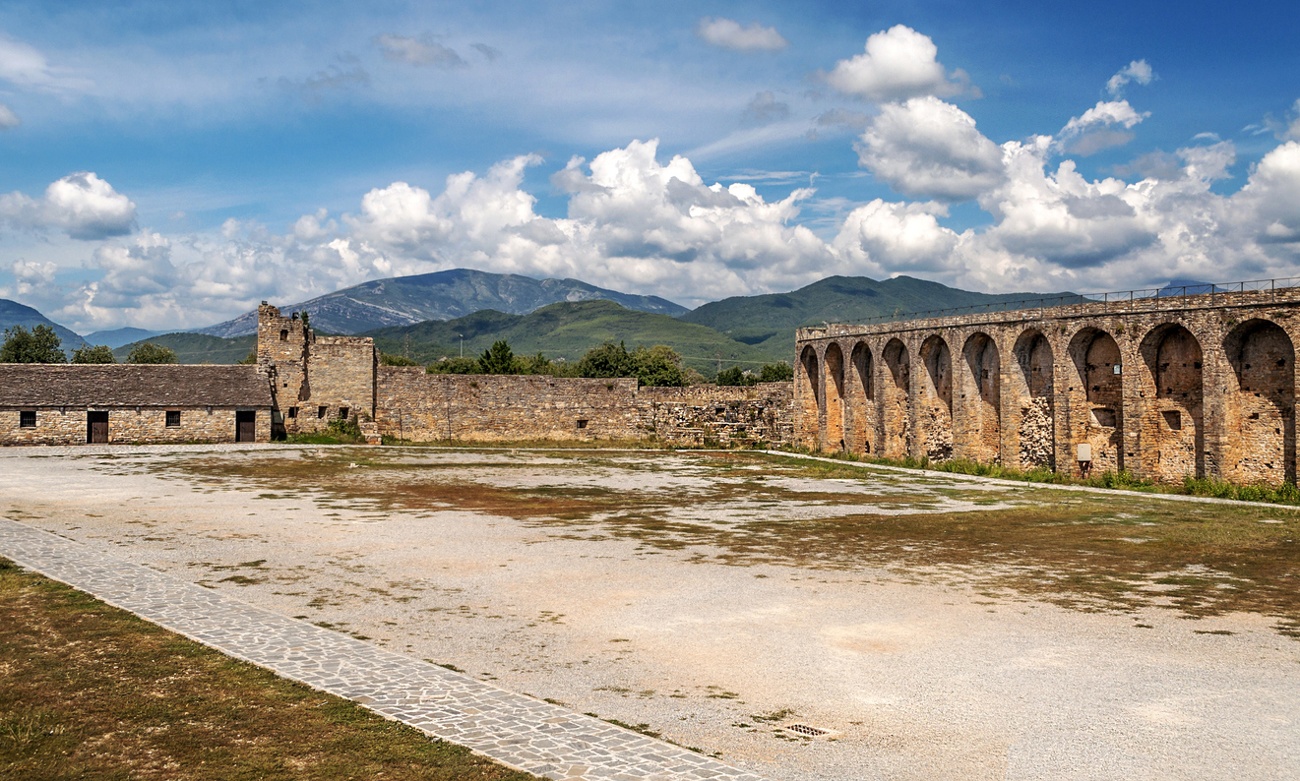
Fortress castle of Ainsa (Huesca)
The Castle fortress of Ainsa is an imposing military construction that is located in the main square of the town of Ainsa, in the province of Huesca. Its origin dates back to the 11th century, when the Torre del Homenaje was built over Arab remains. The castle was enlarged and reformed in the following centuries, especially in the 17th century, when it was given its current appearance as a bastioned fortress. The castle has a large parade ground surrounded by walls and towers. Inside you can visit the Eco Museum Visitor Center, the Sobrarbe-Pyrenees Geopark Area and the Regional Tourist Office. Access to the castle is free all year round.
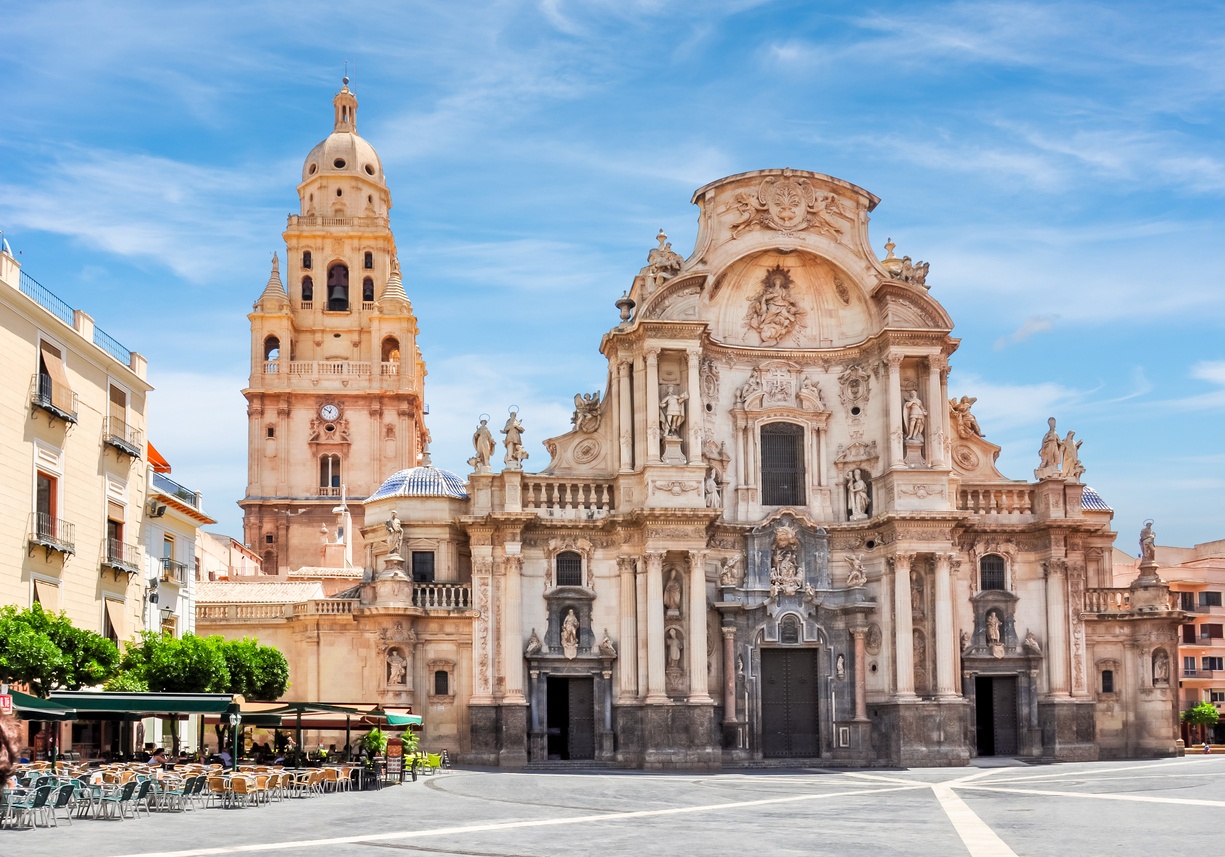
Cathedral of Murcia
The cathedral of Murcia is the main temple and seat of the Diocese of Cartagena. It is located in the old part of the city, in the Plaza del Cardenal Belluga. Its construction began in 1394 on an old mosque and lasted for several centuries, so it combines different architectural styles: Gothic, Renaissance, Baroque and Neoclassical. Among its most outstanding elements are the 93-meter-high bell tower; the main façade, a masterpiece of Spanish Baroque; and the chapels of the Vélez and Junterones.
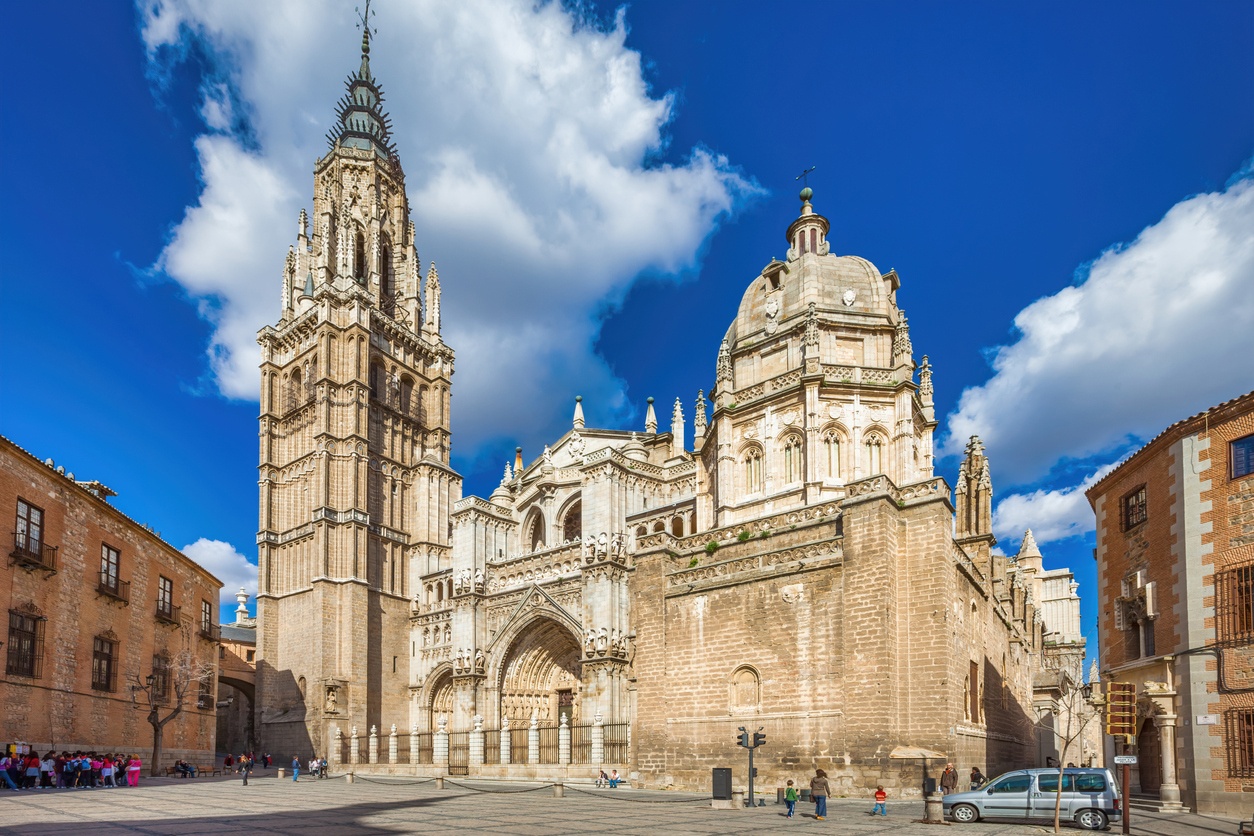
Toledo Cathedral
The Cathedral of Toledo is the main temple and seat of the Archdiocese of Toledo. It is located in the historic center of the city, declared a World Heritage Site by UNESCO. Its construction began in 1226 on a former mosque and was completed in 1493, following the French Gothic style with local influences. Among its most outstanding elements are the main façade with three large portals; the tower, 92 meters high; the main altarpiece, a masterpiece of Hispanic Gothic; the chapels of the Old Kings and the New Kings; and the cloister with the cathedral museum. Access between 08:00 and 09:30 hours from Monday to Friday is free of charge.
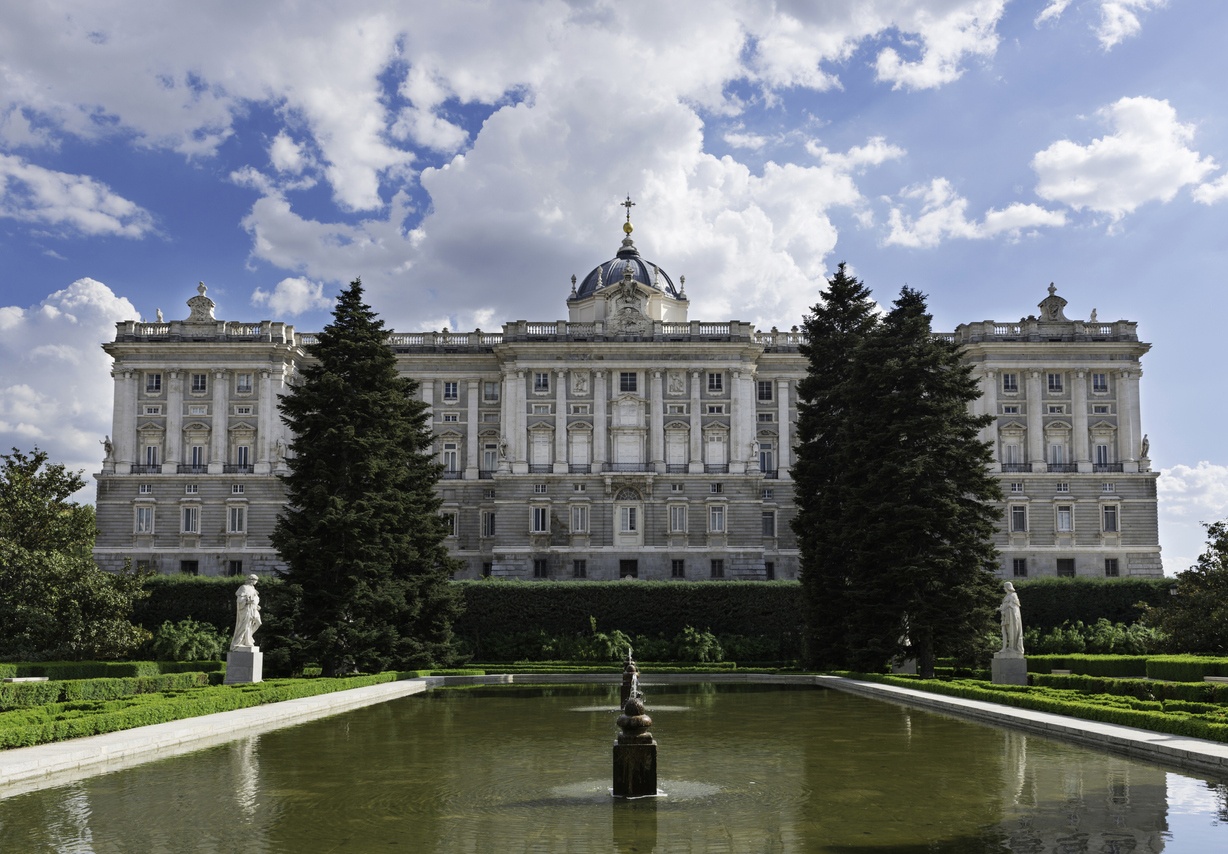
Royal Palace (Madrid)
The Royal Palace of Madrid is the official residence of the King of Spain, although the current monarchs do not live in it and only use it for state ceremonies and solemn acts. It is the largest royal palace in Western Europe and one of the largest in the world, with more than 135,000 square meters and 3,418 rooms. It was built between 1735 and 1764 on the site of the old Alcazar, which burned down in 1734. Its architecture is of classicist baroque style and houses a rich historical-artistic heritage, with collections of paintings, sculpture, tapestries and musical instruments. The palace is open to the public whenever there are no official events. Monday to Thursday from 5:00 to 7:00 p.m. (4:00 to 6:00 p.m. in winter), free admission for European Union citizens, residents and work permit holders and Latin American citizens, with proof of nationality (national identity card, passport or driver’s license) or residence or work permit.
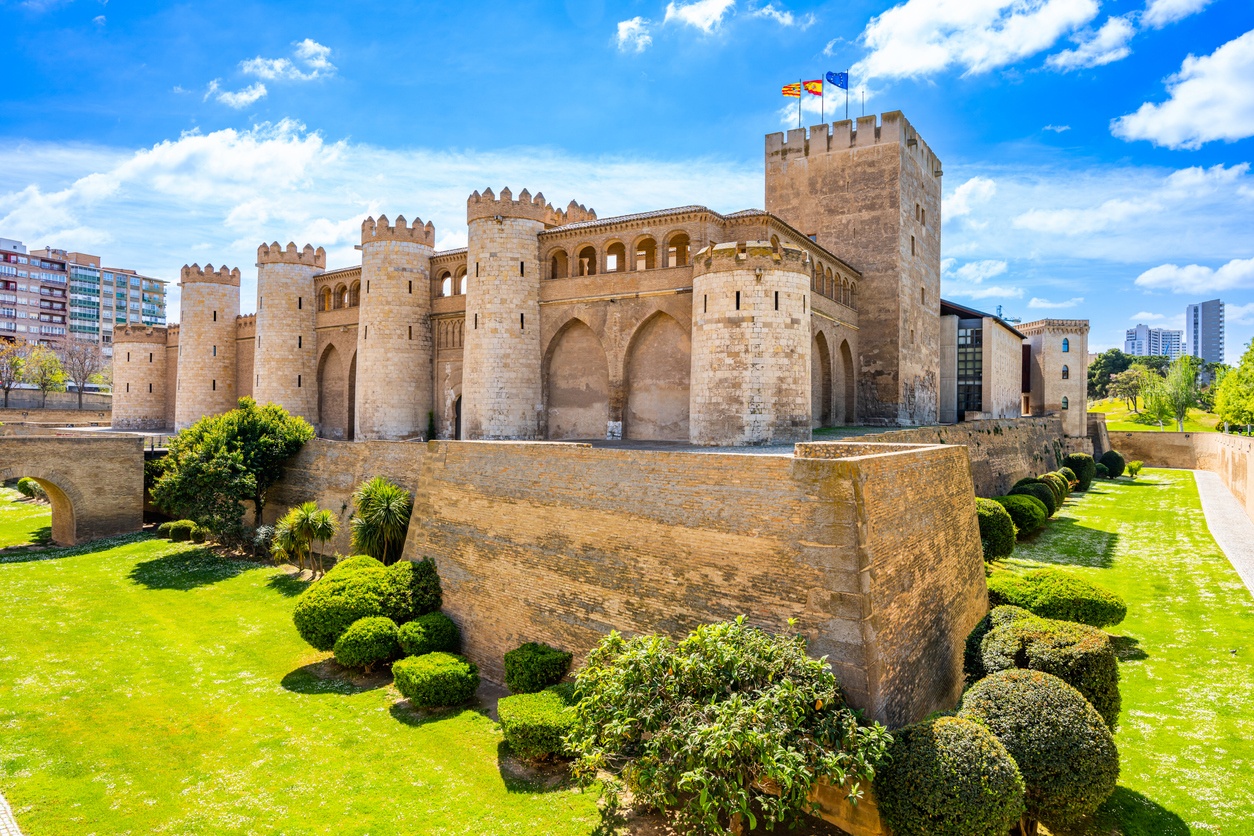
Palace of the Aljafería in Zaragoza (Aragón)
The Aljafería Palace is a fortified palace that was built in the 11th century by the Muslim king al-Muqtadir as the residence of the kings of the taifa of Saraqusta. It is the only preserved testimony of a great building of Hispano-Muslim art of the Taifa period and was declared a World Heritage Site by UNESCO in 2001. After the Christian conquest of Zaragoza in 1118, the palace became the residence of the kings of Aragon and the seat of various institutions, such as the Court of the Holy Office or the General Captaincy. Since 1987, it has been the seat of the Aragonese Parliament. The visit is free on the first Sunday of the month (all day) and on the first Monday of the month in the afternoon.
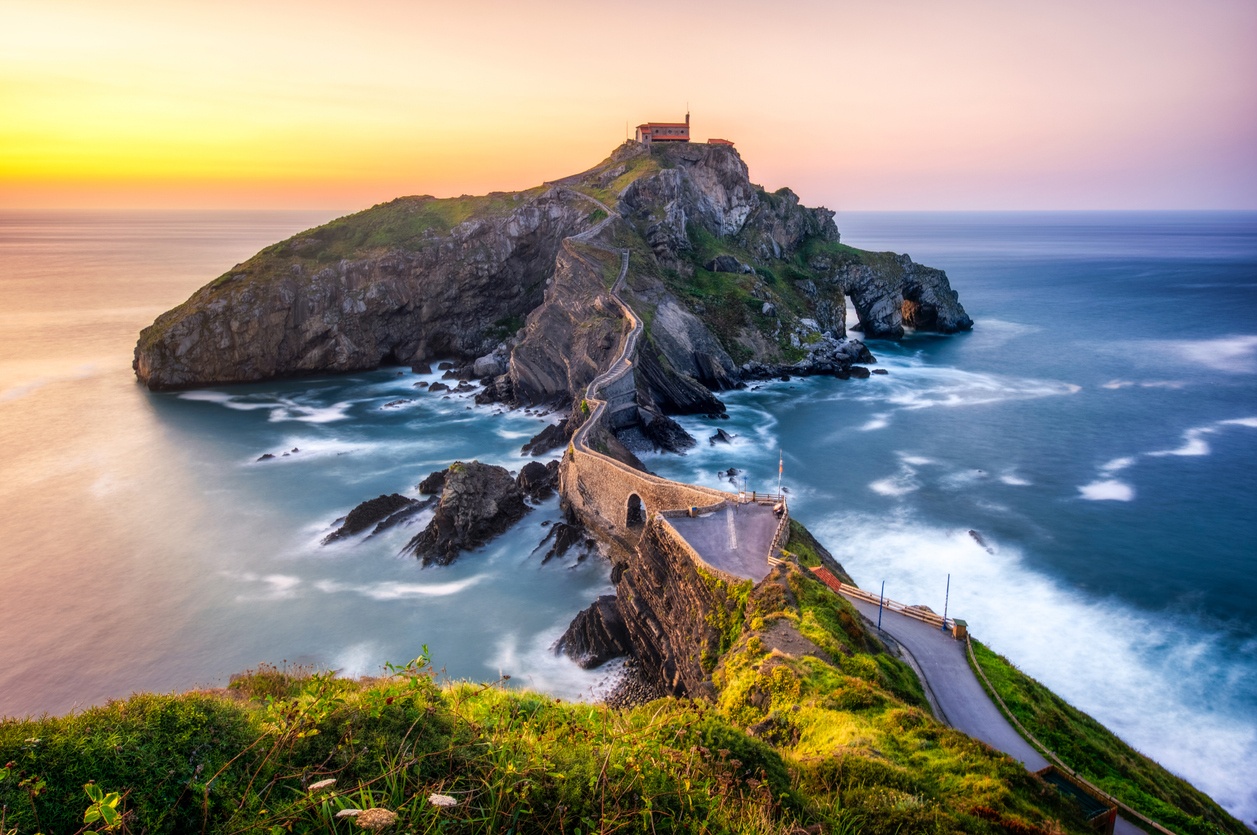
San Juan de Gaztelugatxe (Biscay, Basque Country)
San Juan de Gaztelugatxe is an islet located on the Basque coast, between the municipalities of Bakio and Bermeo. It is connected to the mainland by a stone bridge with 241 steps leading to a chapel dedicated to San Juan Bautista. According to tradition, you have to ring the bell three times and make a wish when you reach the top. The place has great natural and scenic beauty, and has been the setting for several films and series, such as Game of Thrones. It was declared a Natural Monument in 1998 and is part of the protected biotope of Urdaibai. It is necessary to have a free access ticket to visit Gaztelugatxe.
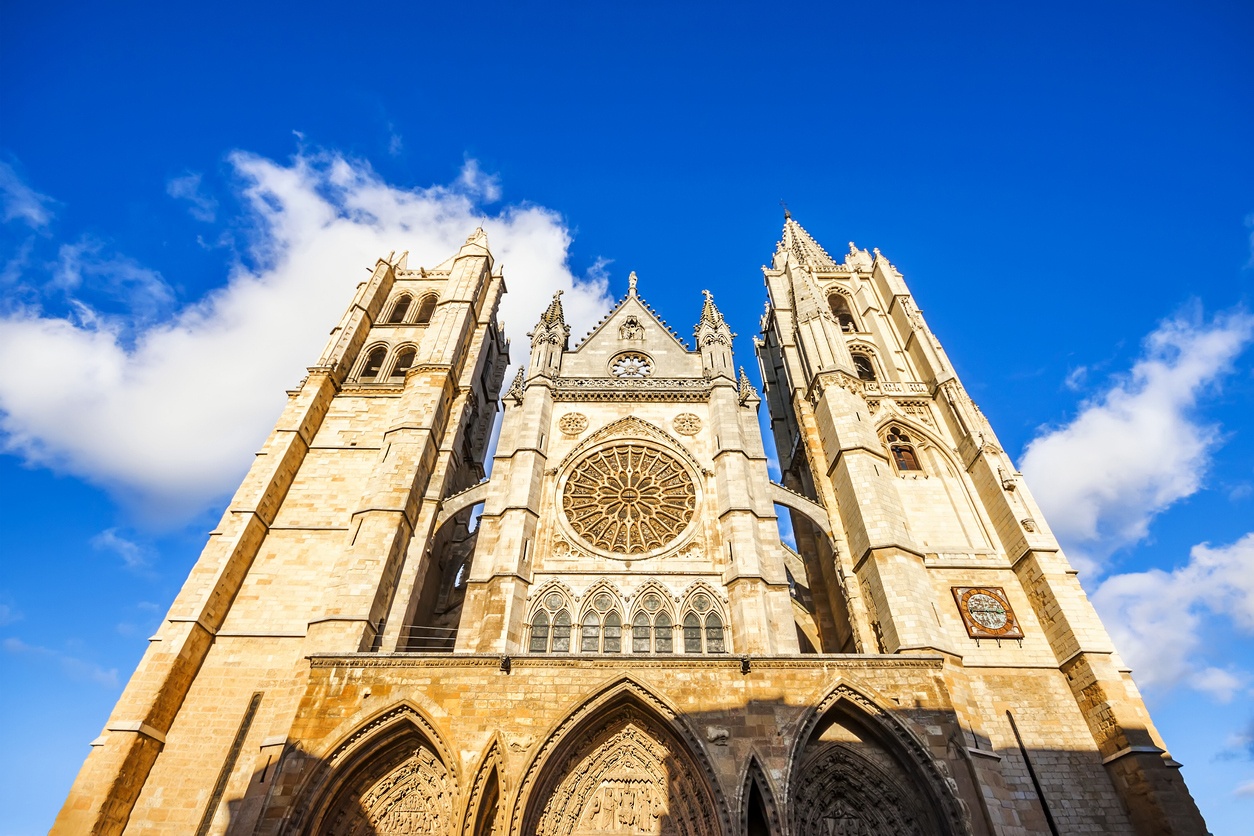
Burgos Cathedral (Castilla y León)
The Cathedral of Burgos is a Catholic temple dedicated to the Virgin Mary located in the historic center of the city of Burgos. Its construction began in 1221, following the French Gothic model, and continued for several centuries, incorporating elements of other styles such as Renaissance, Baroque or Neoclassical. It is one of the masterpieces of Spanish Gothic art and was declared a World Heritage Site by UNESCO in 1984. Among its most outstanding elements are the main facade with its two towers and openwork spires, the dome of the transept, the chapel of the Condestable and the main altarpiece. The cathedral also houses a museum, a cloister and numerous works of art. The visit is free on Tuesday afternoons from 16:30 to 18:30 in summer and from 16:30 to 18:00 in winter.





